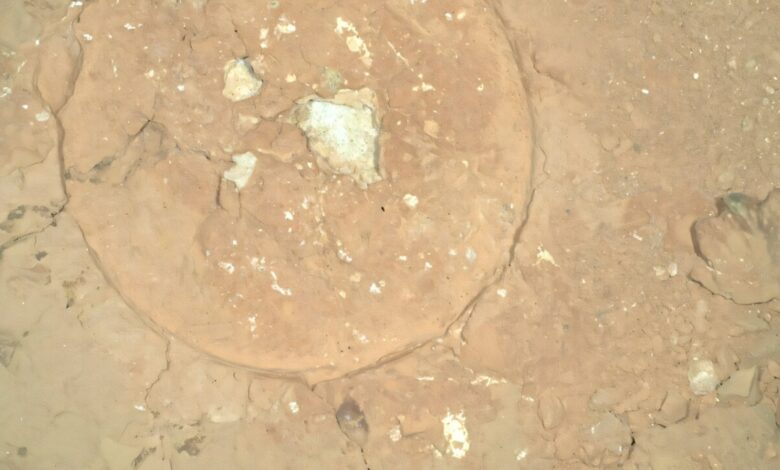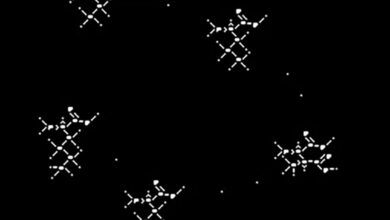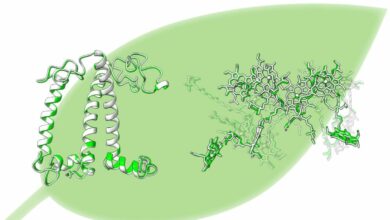Mars Perseverance Rover discovers striking red rocks with green spots

NASA’s Mars Perseverance rover has provided a nighttime view of the Malgosa Crest scour at “Serpentine Rapids.” This image was captured using the SHERLOC WATSON camera on the rover’s robotic arm. The sanding surface, with a diameter of 5 centimeters, has a striking green spot of approximately 2 millimeters wide. The photo was taken on August 19, 2024, during the 1243rd Martian day of the Mars 2020 mission.
Continue the journey of discovery
After sampling the “leopard spots” at “Bright Angel,” Perseverance continued its exploration of this fascinating region. About 20 sols later, after sailing south from Bright Angel through Neretva Vallis, the rover encountered striking red rocks at Serpentine Rapids. It then created a scour there in a red rock formation known as ‘Wallace Butte’. This patch revealed a range of colors including white, black and green shades.
Understanding the geological significance
The discovery of green spots surprised the rover team. These spots, consisting of dark cores surrounded by faint, light green edges, exhibit a unique geological feature. On Earth, red rocks typically get their color from oxidized iron, similar to the color of blood or rust. The formation of green spots, like those found at Wallace Butte, is common in ancient ‘red beds’ on our planet. This process occurs when liquid water seeps through sediment, causing a chemical reaction that changes the oxidation state of the iron, resulting in a greenish hue.
Research into the possible origin of green spots
While such changes could involve microbial activity on Earth, they could also arise from decaying organic matter or interactions between sulfur and iron. Unfortunately, the rover could not analyze the green spots directly due to space constraints. As a result, their precise composition code




